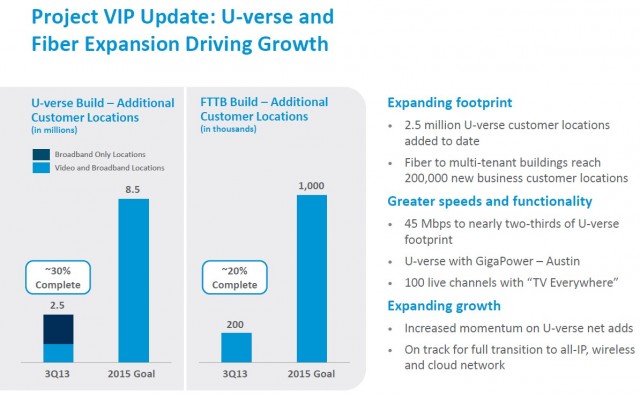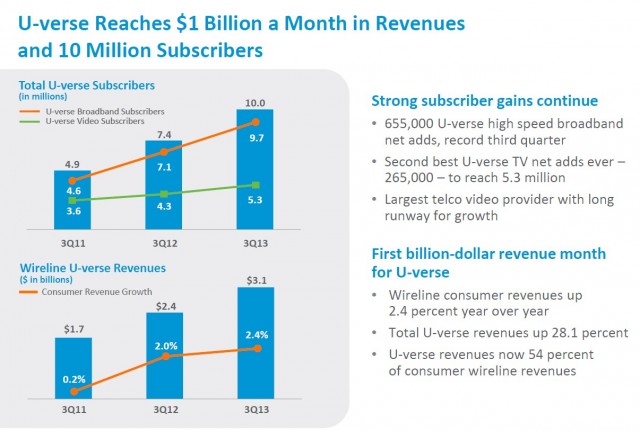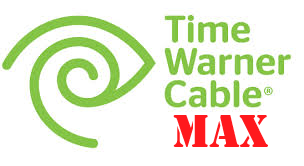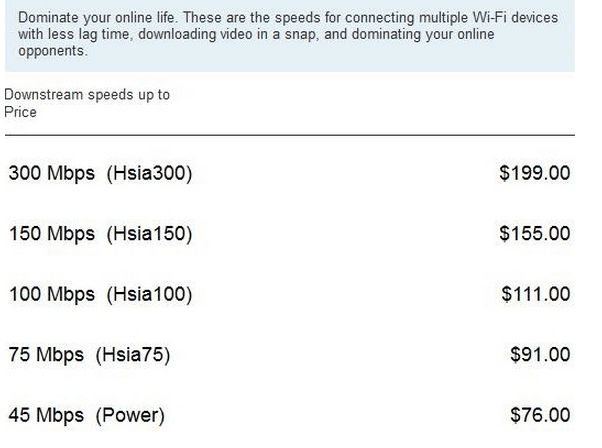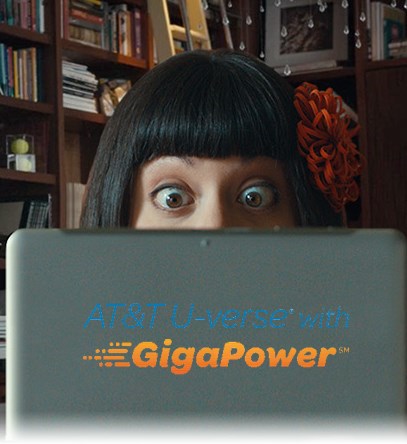
AT&T has got your number.
AT&T wants to know what you are doing on the Internet.
If you agree to share your browsing history and view targeted contextual advertising from AT&T and its partners, the company will give you a monthly discount off the price of its new GigaPower gigabit fiber network.
Now launching in Austin, AT&T GigaPower charges $99 a month for 300Mbps standard service (speeds will be raised to 1,000Mbps in 2014 at no extra cost — equipment, installation and activation fees are extra). But customers can knock $30 off the monthly price and skip the new customer fees by enrolling in AT&T’s new “Premier” package, which runs $70 a month.
GigaOm discovered some interesting language in AT&T’s fine print about its Premier service: “[The discount] is available with your agreement to participate in AT&T Internet Preferences. AT&T may use your Web browsing information, like the search terms you enter and the Web pages you visit, to provide you relevant offers and ads tailored to your interests.”
Exactly how AT&T intends to implement its contextual advertising program remains largely a mystery. Google includes contextual ads in its Gmail service, its search engine results, and in online advertising from participants in Google’s AdWords program. AT&T lacks an advertising platform as large as Google or Microsoft’s Bing, so questions are being raised about how exactly AT&T will be able to find enough places to present online ads.
GigaOm suspects AT&T might use deep packet inspection to monitor customers’ web traffic to collect browsing information for contextual ads. Others suspect AT&T will replace certain existing third-party ads found on independent websites with its own advertising. Either is likely to bring the company scrutiny, both from Internet Privacy advocates and website owners that find their advertising replaced by ads from AT&T and its partners.
AT&T’s response to GigaOm left a number of questions unanswered:
We use various methods to collect web browsing information, and we are currently reviewing the methods we may use for the Internet Preferences program. Whichever method is used, we will not collect information from secure (https) or otherwise encrypted sites, such as online banking or when a credit card is used to buy something online on a secure site. And we won’t sell your personal information to anyone, for any reason.
[…] We won’t sell your personal information. Rather, AT&T may use your personal information to direct another advertiser’s ad to you, but that advertiser would never have access to your Personal Information. For example, after you browse hotels in Miami, you may be offered discounts for rental cars, but that rental company doesn’t know who you are.
AT&T is experimenting with consumer acceptance of discounting service in return for giving up some privacy. It says it is giving customers the choice to opt out by signing up for the more expensive “standard” service.
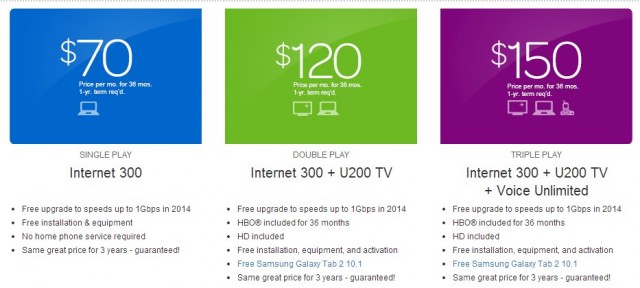
U-verse television service is also available to customers of both packages for an extra $50 a month. Telephone service adds another $30 a month.
AT&T has started rolling out its GigaPower service in the French Place, Mueller, Zilker, and Onion Creek neighborhoods and will select future places to expand based on interest registered by local residents on AT&T’s GigaPower website.
“We’ve already received great input from thousands of Austinites eager for the fastest speeds,” said Dahna Hull, general manager of Austin’s AT&T Services, Inc. “These votes are helping us identify where the need for speed and advanced TV services is the greatest and will help guide our future GigaPower expansion plans.”
[flv]http://www.phillipdampier.com/video/KXAN Austin Internet speed race in Austin is on 12-11-13.mp4[/flv]
Options for super high-speed Internet are heating up in Austin as AT&T introduces AT&T U-verse with GigaPower this week. KXAN reports the service will initially launch with 300Mbps service in a handful of neighborhoods, but upgrade to 1,000Mbps speeds in more locations next year. (2:30)


 Subscribe
Subscribe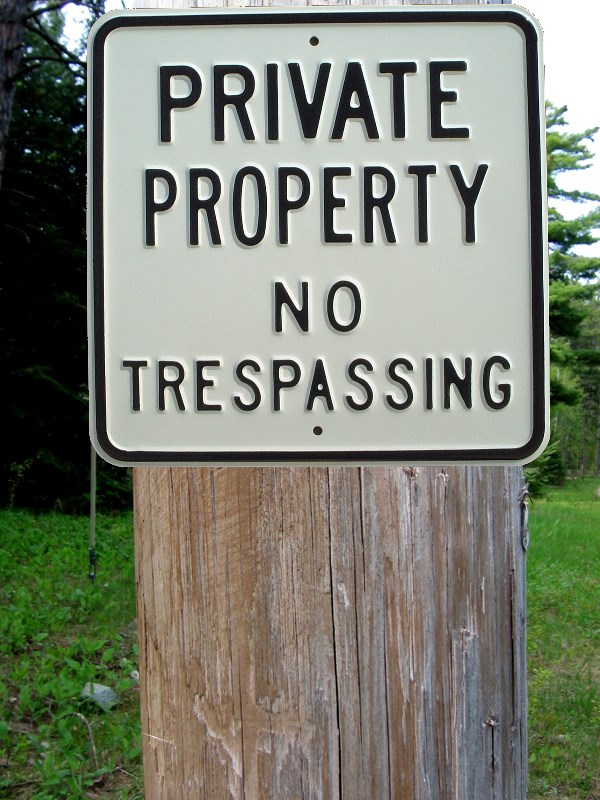 AT&T has informed Google it will not allow the search engine company to use its utility poles to build a fiber optic network that will compete with AT&T’s own GigaPower fiber service, which launched in Austin this week.
AT&T has informed Google it will not allow the search engine company to use its utility poles to build a fiber optic network that will compete with AT&T’s own GigaPower fiber service, which launched in Austin this week.
 AT&T this month signed up their 10 millionth customer to U-verse High Speed Internet service, surpassing Verizon FiOS as the nation’s biggest telephone company supplier of broadband, television, and telephone service. Coinciding with that success, AT&T is raising prices for U-verse, despite AT&T’s record earnings from the fiber to the neighborhood service, now accounting for $1 billion a month in revenue.
AT&T this month signed up their 10 millionth customer to U-verse High Speed Internet service, surpassing Verizon FiOS as the nation’s biggest telephone company supplier of broadband, television, and telephone service. Coinciding with that success, AT&T is raising prices for U-verse, despite AT&T’s record earnings from the fiber to the neighborhood service, now accounting for $1 billion a month in revenue.